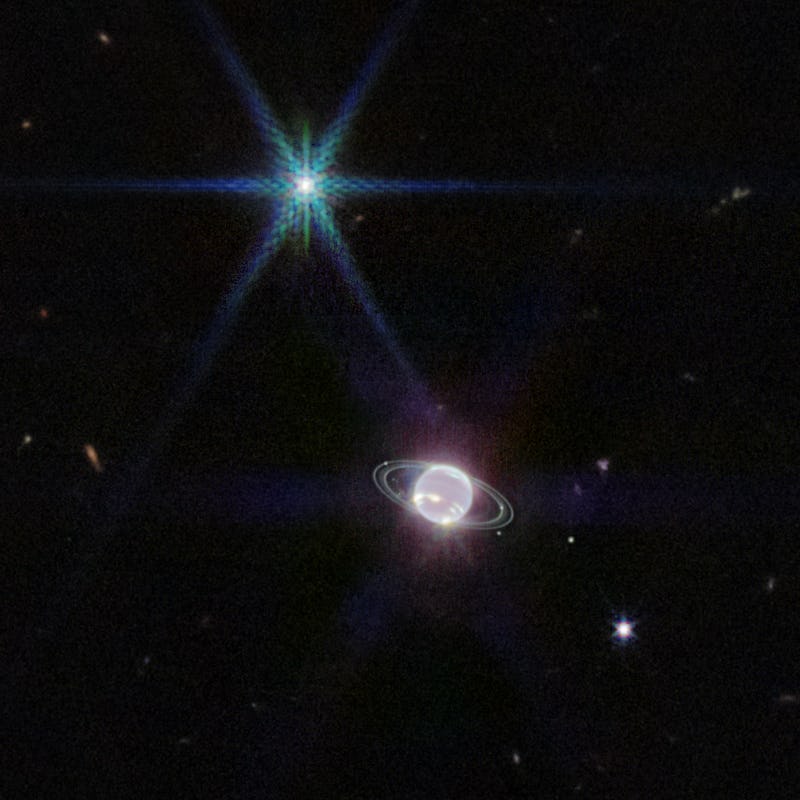Webb spots Neptune’s rings and more: Understand the world through 9 images

NASA/JPL-Caltech/ASU/MSSS
NASA uncovered possible biosignatures on Mars the week of September 15–21, as the Webb telescope got the clearest view of Neptune in three decades.
Researchers identified a new species of rhynchocephalian — reptiles of which only New Zealand’s tuatara remains today. Opisthiamimus gregori existed alongside dinosaurs and was identified from a rare near-complete fossil.
Scientists concluded that refreezing polar ice could be a feasible way to combat climate change. Spraying sulfur dioxide into the atmosphere above the poles could reflect small amounts of solar radiation away and achieve a two-degree Celsius local temperature reduction.
NASA’s Perseverance rover discovered organic material in the Jezero Crater which could point toward the right ingredients for ancient life. The samples were found across rocks in the region, but they’ll need to be studied on Earth before NASA can draw real conclusions.
Scientists detected slow atmospheric waves called Pekeris waves (which were theorized to exist in 1937) for the first time after the 2022 Tonga-Hunga Ha’apai eruption. They were able to detect the waves using a suite of new tools including geostationary satellites and computer simulations.
Researchers observed persistent lung damage in children and teens following a Covid-19 infection using low-field MRI. CT scans have shown similar effects in adults but are ineffective in children. The scans show pulmonary dysfunction after infections without hospitalization.
Researchers discovered the exact chemical composition of human scents that attract mosquitos. A combination of carbon dioxide and two acids attracts the mosquitoes that carry Zika and dengue, and could potentially be used to attract and trap the insects.
Researchers created 3D scans of stone tools chimpanzees in the Taï Forest in Cote d'Ivoire use to crack nuts, which vary between groups. Documenting these tools can help identify differences in chimpanzee groups and tools used by earlier hominins.
NASA’s James Webb Space Telescope captured the clearest view of Neptune’s rings since Voyager 2’s 1989 flyby. The telescope makes it possible to view even the planet’s faint rings, along with seven of its 14 moons.